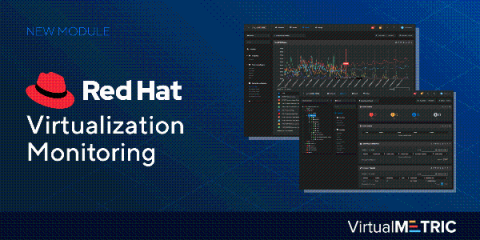The Complete Guide to EC2 Instance Pricing
Elastic Compute Cloud (EC2) instances are virtual servers used for running applications in Amazon Web Services (AWS). EC2 instances may be billed on a per-hour or per-second basis: AWS provides several ways to reduce EC2 costs, including a free tier, reserved instances, spot instances, and saving plans.











